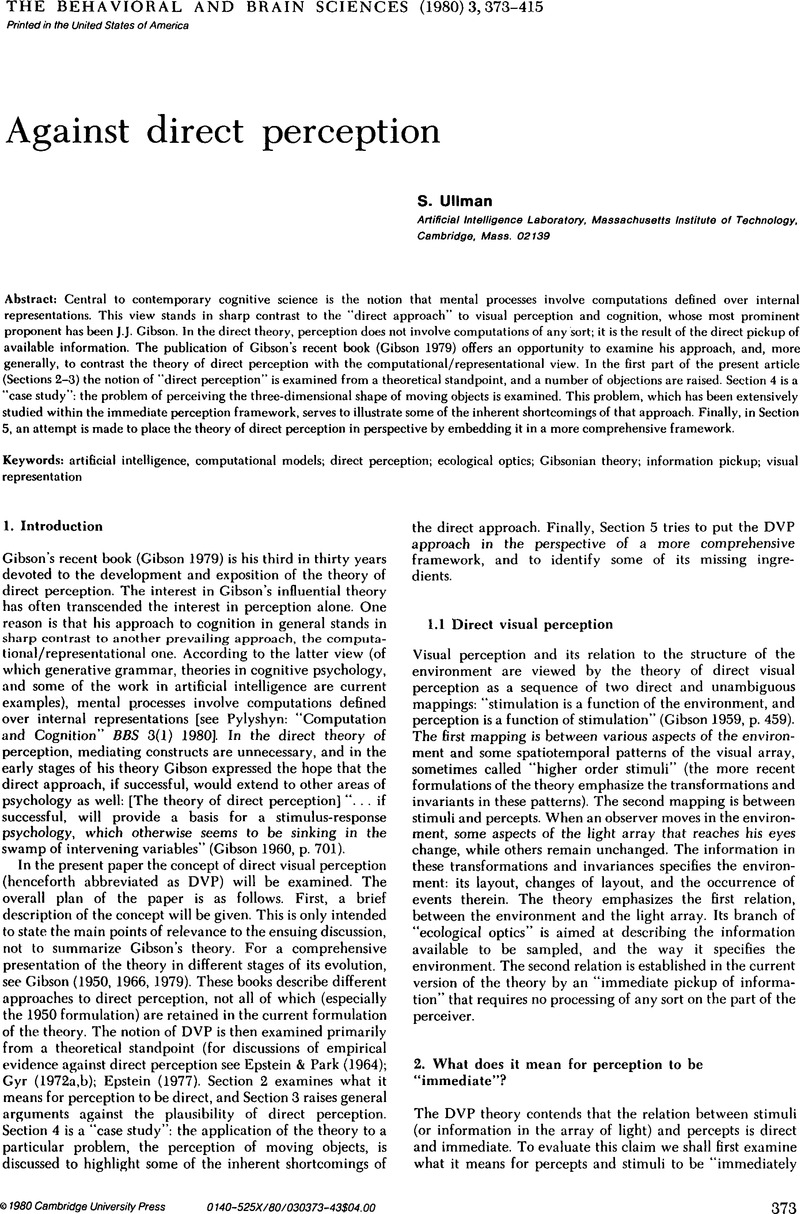Crossref Citations
This article has been cited by the following publications. This list is generated based on data provided by Crossref.
Heelan, Patrick A.
1982.
Hermeneutical Realism and Scientific Observation.
PSA: Proceedings of the Biennial Meeting of the Philosophy of Science Association,
Vol. 1982,
Issue. 1,
p.
77.
Boden, Margaret A.
1983.
Artificial intelligence and animal psychology.
New Ideas in Psychology,
Vol. 1,
Issue. 1,
p.
11.
Cowie, R.I.D.
1987.
The New Orthodoxy in Visual Perception: I. Reassessing What Makes Environments Perceivable.
The Irish Journal of Psychology,
Vol. 8,
Issue. 1,
p.
50.
Boden, Margaret A.
1988.
Intelligence and Evolutionary Biology.
p.
45.





